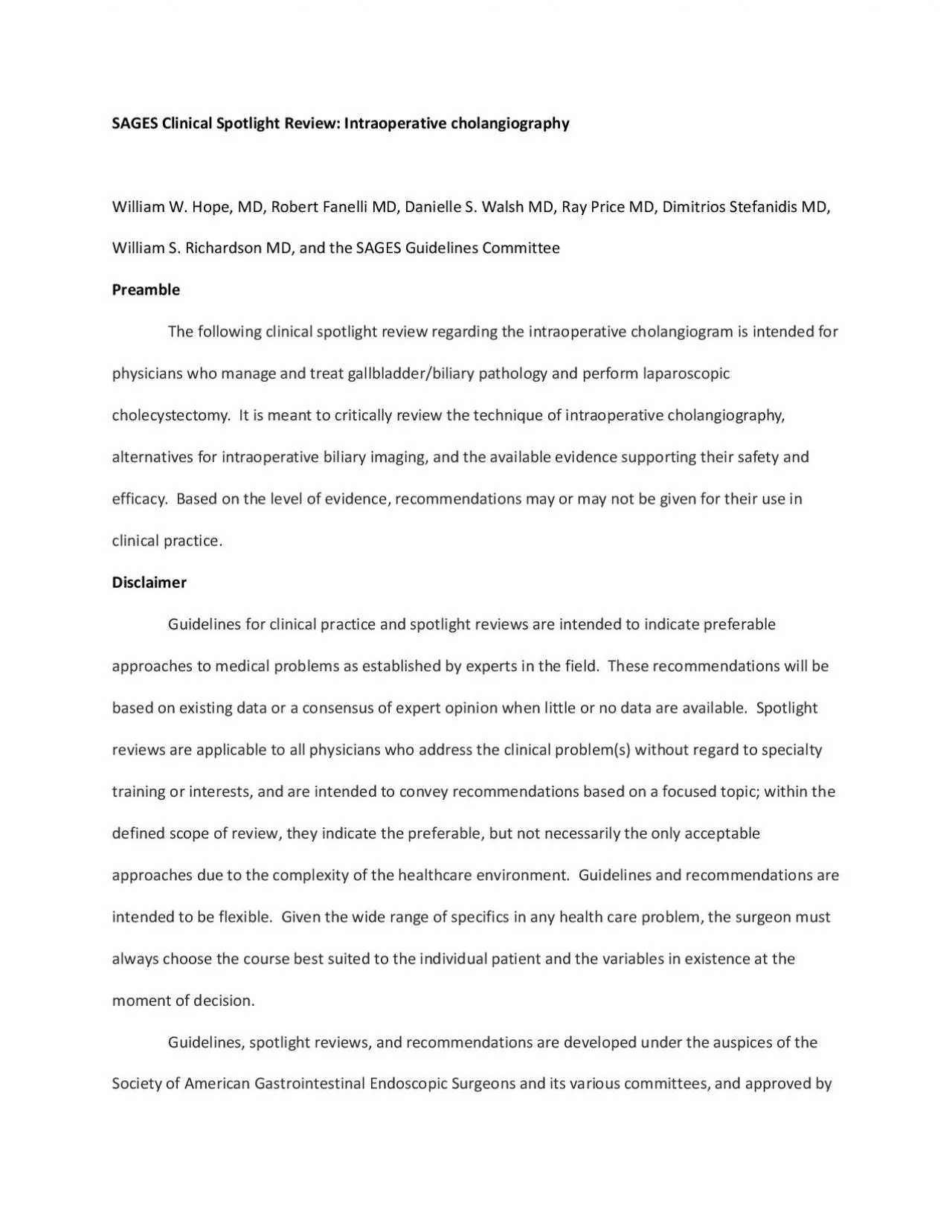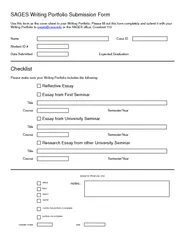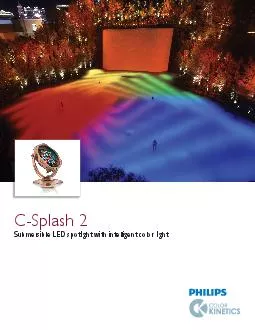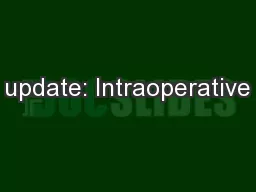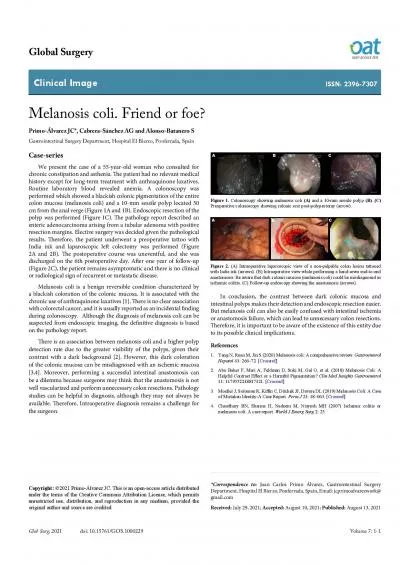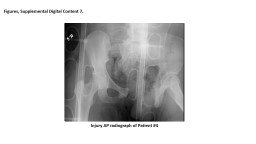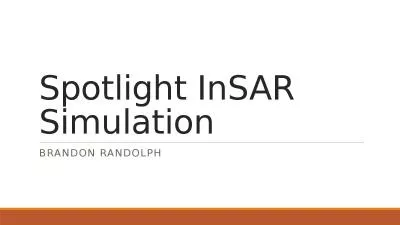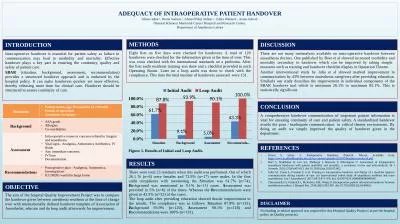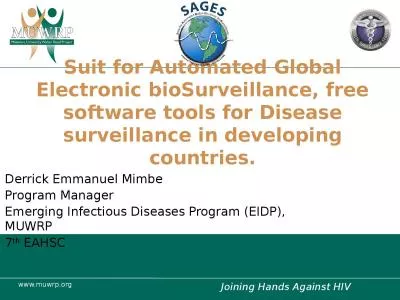PDF-SAGES Clinical Spotlight Review Intraoperative cholangiogra
Author : hadly | Published Date : 2022-08-22
phy William W Hope MD Robert Fanelli MD Danielle S Walsh MD Ray Price MD Dimitrios Stefanidis MD William S Richardson MD and the SAGES Guidelines Committee Preamble The
Presentation Embed Code
Download Presentation
Download Presentation The PPT/PDF document "SAGES Clinical Spotlight Review Intraope..." is the property of its rightful owner. Permission is granted to download and print the materials on this website for personal, non-commercial use only, and to display it on your personal computer provided you do not modify the materials and that you retain all copyright notices contained in the materials. By downloading content from our website, you accept the terms of this agreement.
SAGES Clinical Spotlight Review Intraoperative cholangiogra: Transcript
Download Rules Of Document
"SAGES Clinical Spotlight Review Intraoperative cholangiogra"The content belongs to its owner. You may download and print it for personal use, without modification, and keep all copyright notices. By downloading, you agree to these terms.
Related Documents

